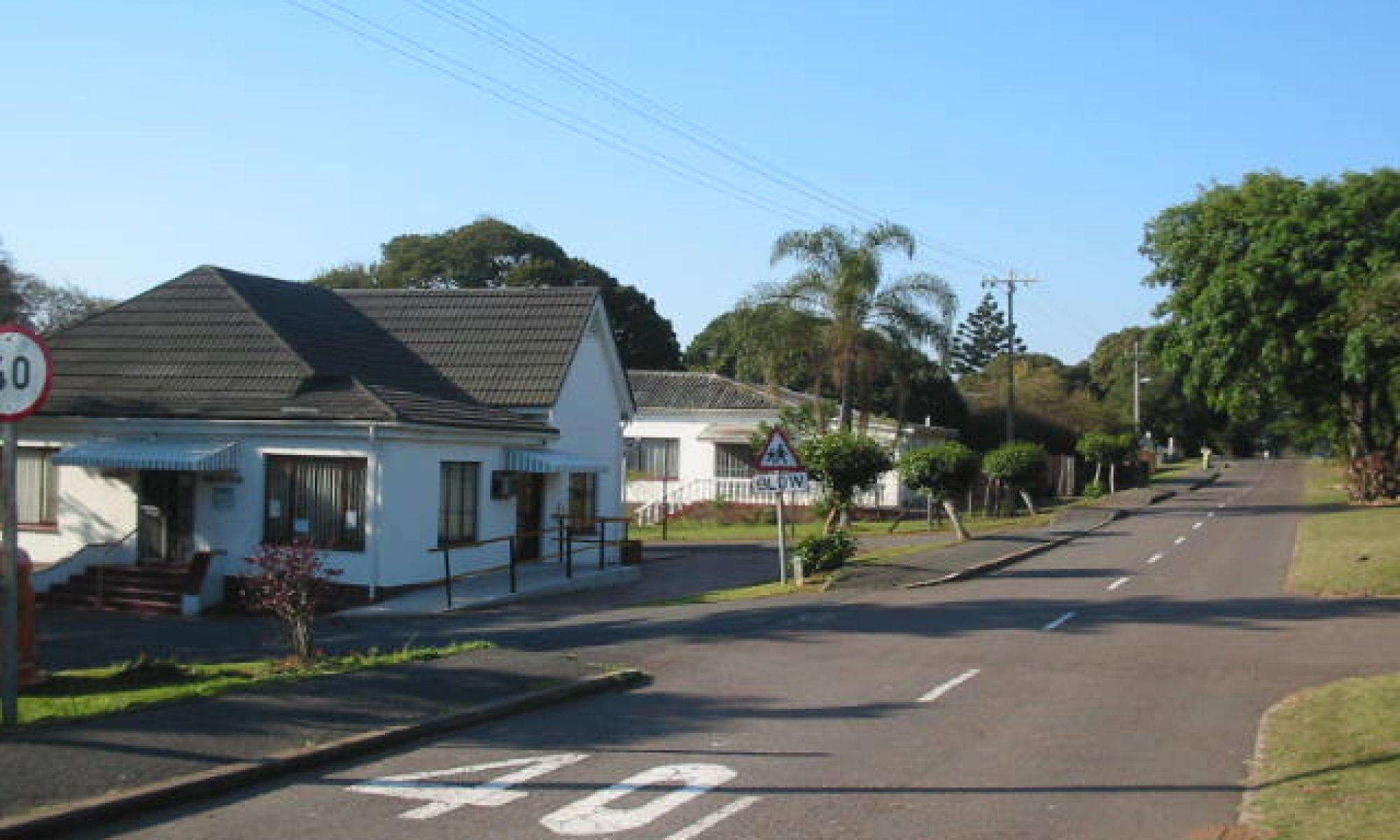St Patrick’s Catholic Church in Highbury Road and St John’s Anglican Church in Oppenheimer Road were located within the village boundaries, whereas the Presbyterian Church is located just outside the village boundary in Prince Street and the Methodist Church is located further away in Athlone Park.
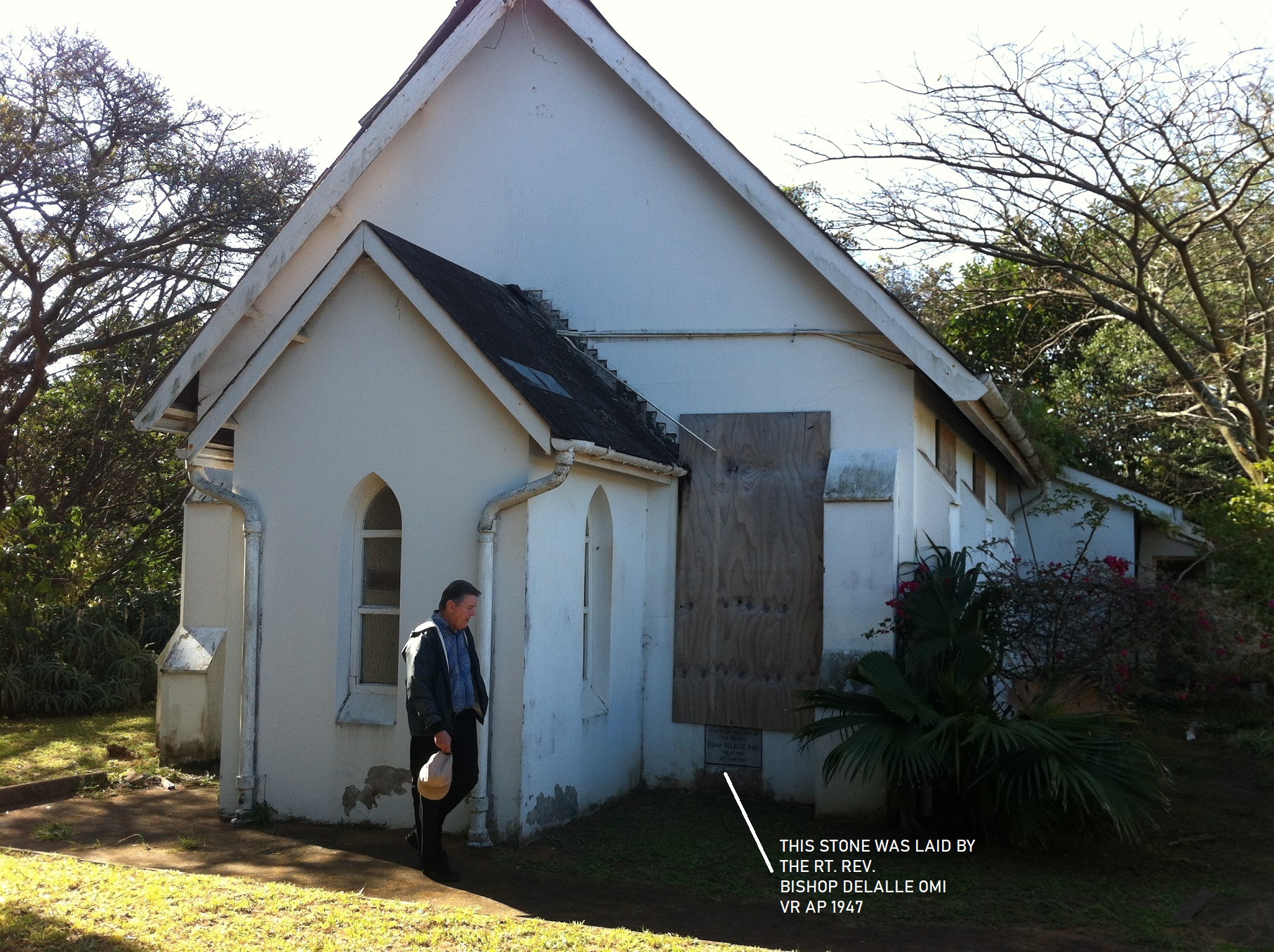
Reference: Mike Mulholland Collection
St Patrick’s Catholic Church seen boarded up, as being inspected by Mack Mulholland on 29 July 2012.
Our family are not particularly religious, or political for that matter, however as kids we went to the Methodist Church for a short while. Any religious inclinations that we may have had were dashed due to an English fellow by the name of Reverend Polly who had very little to say other than giving us endless ear bashings on South African politics. My brother Clive and I ended up avoiding Sunday school by hiding in the garden when Mr Higo arrived on Sunday mornings whilst rounding up the local kids for church.
The well-attended St Patrick’s Catholic Church, a short distance from our place in Highbury Road, brings back plenty of memories of friends and their parents walking past our place around 6.30 A.M. on Sunday mornings heading to church. Mrs Kelly in her South Coast Sun article of 2 October 2017 (click onto https://southcoastsun.co.za/106471/amanzimtoti-catholics-look-back-100-years-since-churchs-establishment/ gives a good write-up on the 100 year commemoration of the church on 26 August 1917. Information on the graves in the cemetery can also be obtained by going to the eGGSA library site with the words ‘Umbogintwini St Patricks Church cemetery’ which includes headstone details in photos of the church.
St John’s Anglican Church was located in Oppenheimer Road opposite Theo’s supermarket and Pardie’s service station.
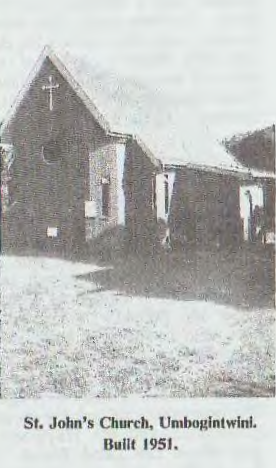
The following information has been obtained from a booklet titled ‘Parish of Isipingo – Centenary Record 1856 to 1956’ by P.E. Goldie.
“Umbogintwini is first mentioned in the Parish Registers as far back as 1861. But it was not until the establishment of Kynochs factory in 1908 that any real community life started. Church services were held from about 1915, first in the old School House. In collaboration with local Methodists a hall was then purchased from the factory, and this was used in turn by Anglicans and Methodists right up to 1951. It had previously been used as a billiard room and on hot days when the attention wandered, the semi-conscious minds of some would-be worshippers saw a mirage of cold liquid refreshment coming through the hatch. In these early days school-master Mr. W.G. Bates was District Warden, and when he left the district he was succeeded by Mr. W. Wells, with Mrs. Wells in charge of the Sunday School. Mrs. Scurr, too, was a pillar of strength, and remained so for many years. In April 1923 the Vicar wrote in his magazine, ‘Umbogintwini is now one of our strongest centres’. Later Mr J. Fann and Dr Flack served as District Wardens…
During the 1940s the population of Umbogintwini and Athlone Park increased steadily. It was accordingly decided that a venture of faith was called for and that a church should be built in this district to replace the old hall. Through the kind offices of the Factory Manager, Dr. G.C. Scully, a good site was obtained in Beach (Oppenheimer) Road, an Agreement of Lease being drawn up and signed in February 1945. A Building Fund was started and energetic steps were taken to keep the total mounting steadily. By 1949 the project was well under way. Hesketh and Driman were asked to prepare plans for the first half of a church to seat immediately about eighty worshippers. The tender of the Enterprise Construction company to erect the building for £1,850 was accepted and it was necessary to raise a loan of only £300.00. The Foundation Stone of St. John’s Church was laid by Bishop Inman and Dr. Scully on 19th August 1951, heavy rain failing to damp the ardour of a large congregation. The first service was held in the church on 2nd December, and Bishop Inman dedicated it on 23rd March 1952…
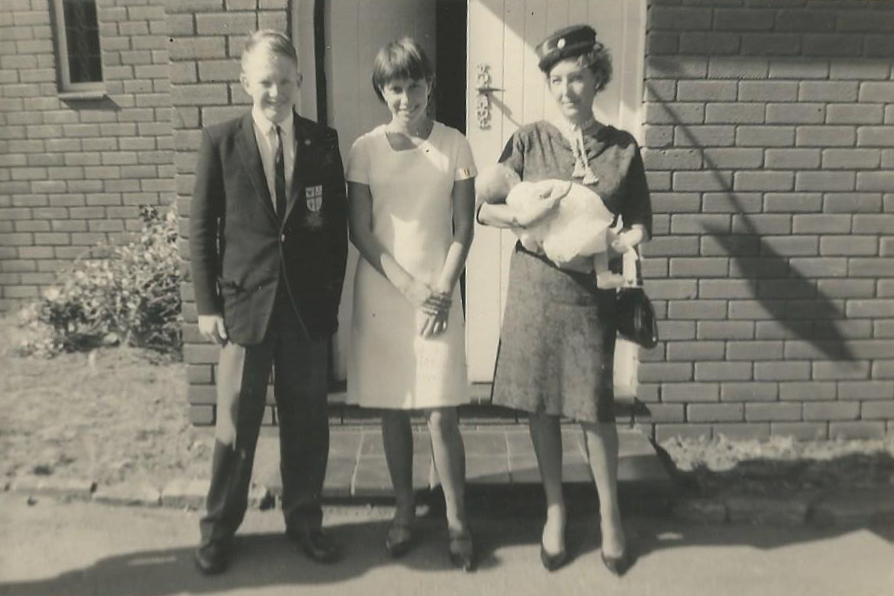
Reference: Rod Moore collection
Outside St John’s Church
St. John’s Church though incomplete is an attractive airy building, a happy blend of ancient and modern. It comprises sanctuary and part of nave, with a transeptal vestry each side, one serving as a temporary entrance to the church. It is built in rustic faced brick with high-pitched tiled roof. A pleasing feature of this church is that most of the furniture has been made by local craftsmen. Mr. D. Duivestein gave the wood for the altar, lectern and altar rails, and made some of the pews. Other pews were made by Mr. L. Pullock and Mr. H.E. Tunmer, Mr F.S. Trezona also helping. Lectern and prie-dieu were made by Mr. J. Hallack.
Mr. W.H. Patterson has been Chapel Warden of the church from a beginning, and he succeeded another Umbogintwini man, Mr. Gordon Alexander, as Parish secretary. Mr. G.H. Coleman, Mr G.A. Cope, Mr Trezona and Mr. C.R. Bannister have served as Treasurer, Mrs. M. McNaughton-Davis and her helpers have built up a fine Sunday School, and Mrs. Vaughan Kirby, and latterly Miss A. Cockburn, played the organ. Mrs. Slabbert was the founder and first president of the Women’s Guild, and under its successive presidents, Mrs. Irons and Mrs. Trezona, with Mrs. E. Bjorseth as Secretary, it has gone from strength to strength and done invaluable work.”

Reference: Google Maps
Presbyterian Church
I recall the building of the Presbyterian Church, the history of which is covered by clicking onto http://www.totipresbyterian.co.za/history.html. The article not only gives information on AE&CI and the Twini club, Jubilee Hall etc, but also has some photos including of Mr Wheelock and Mr Sheares. Dr McLeod, of Twini hospital fame, and one of the main movers in establishing the church, died in Kenya in 1965. His funeral service, “probably the largest ever held there”, was held at the church and his name is also apparently on a foundation stone there.
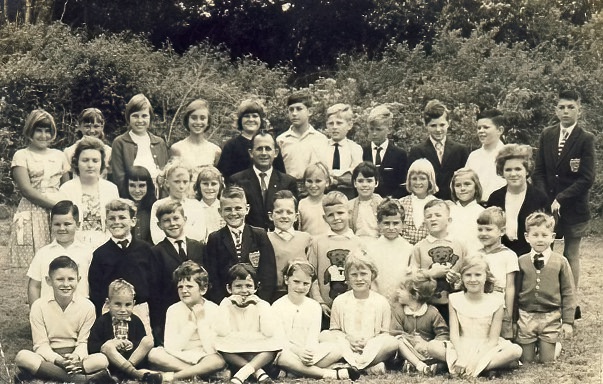
Reference: Toti-ites 60s and 70s Facebook Club
Presbyterian Sunday School 1965
